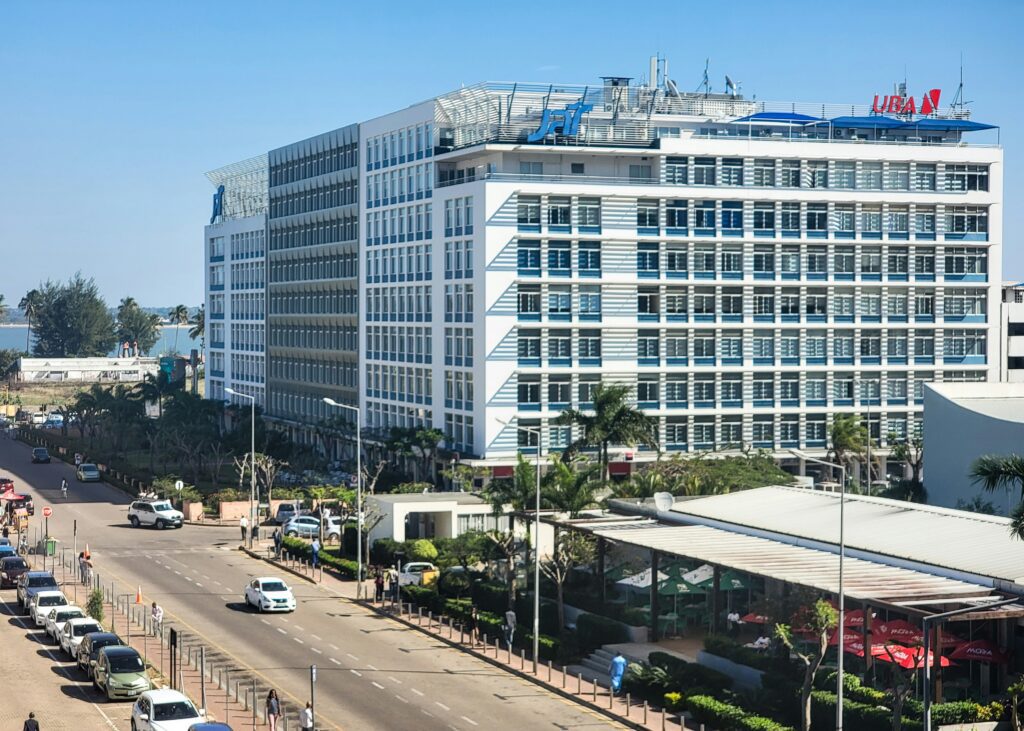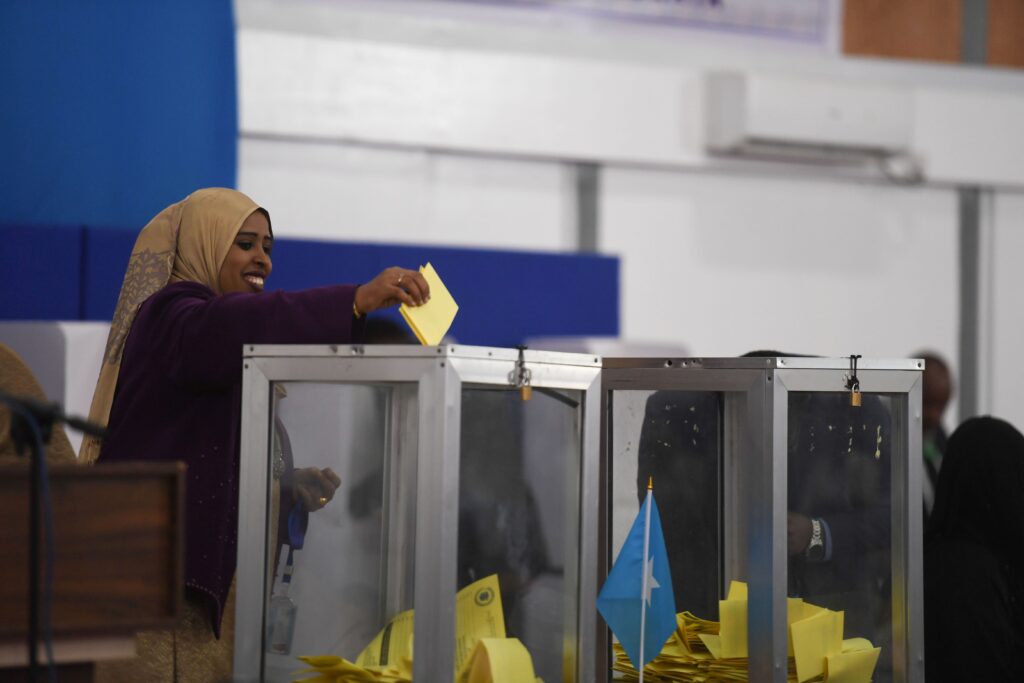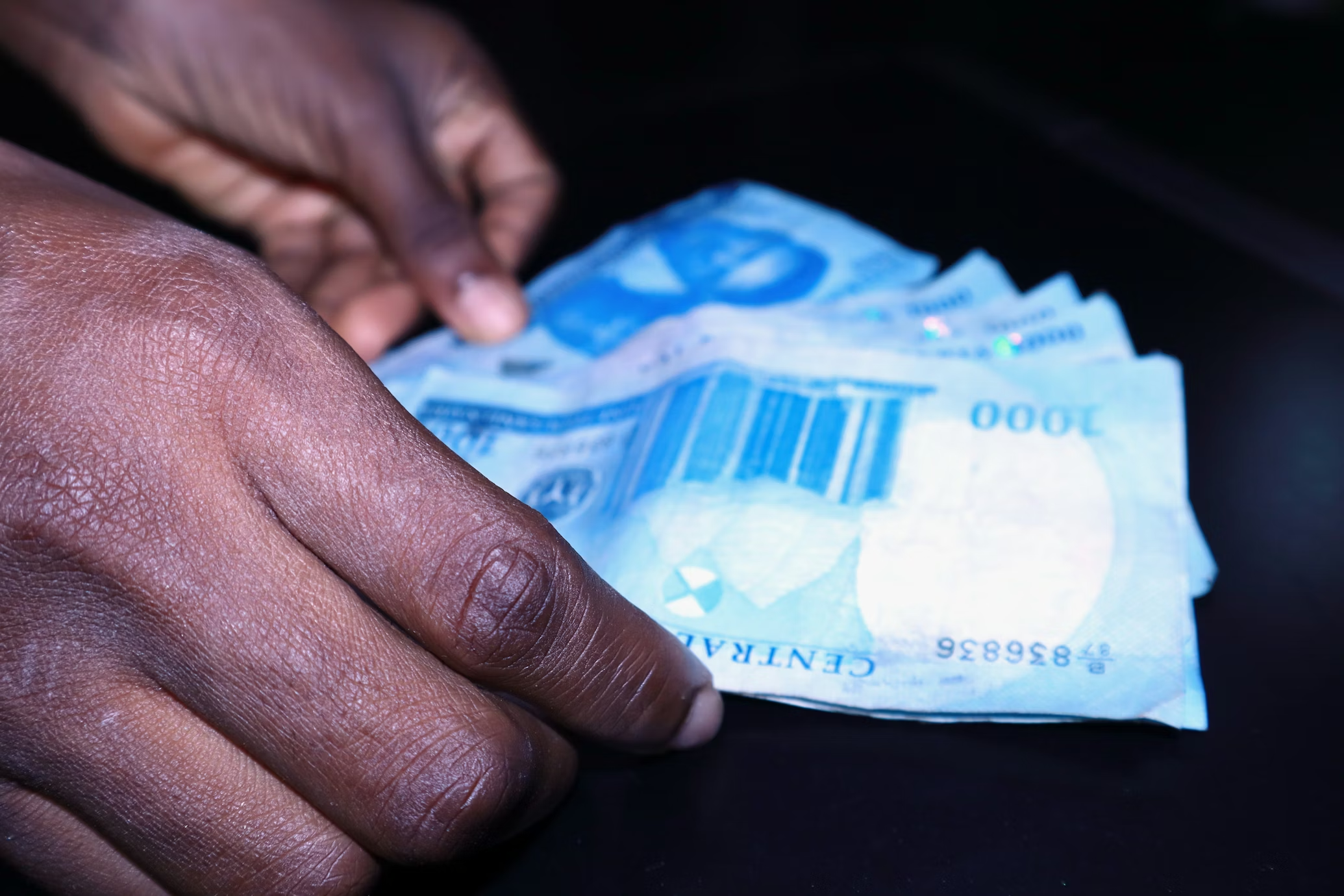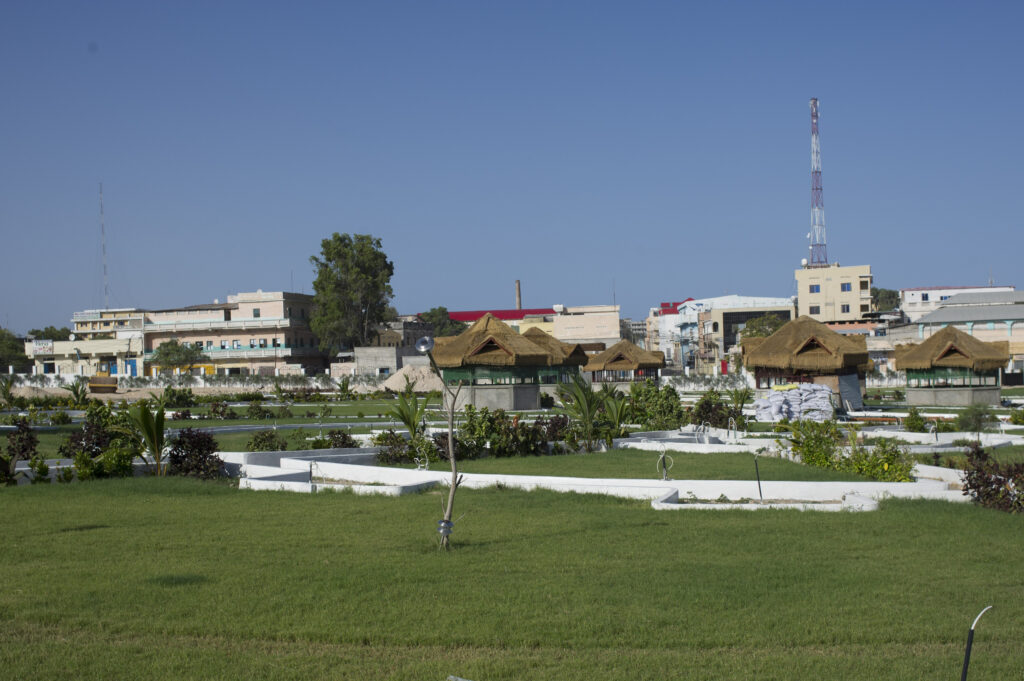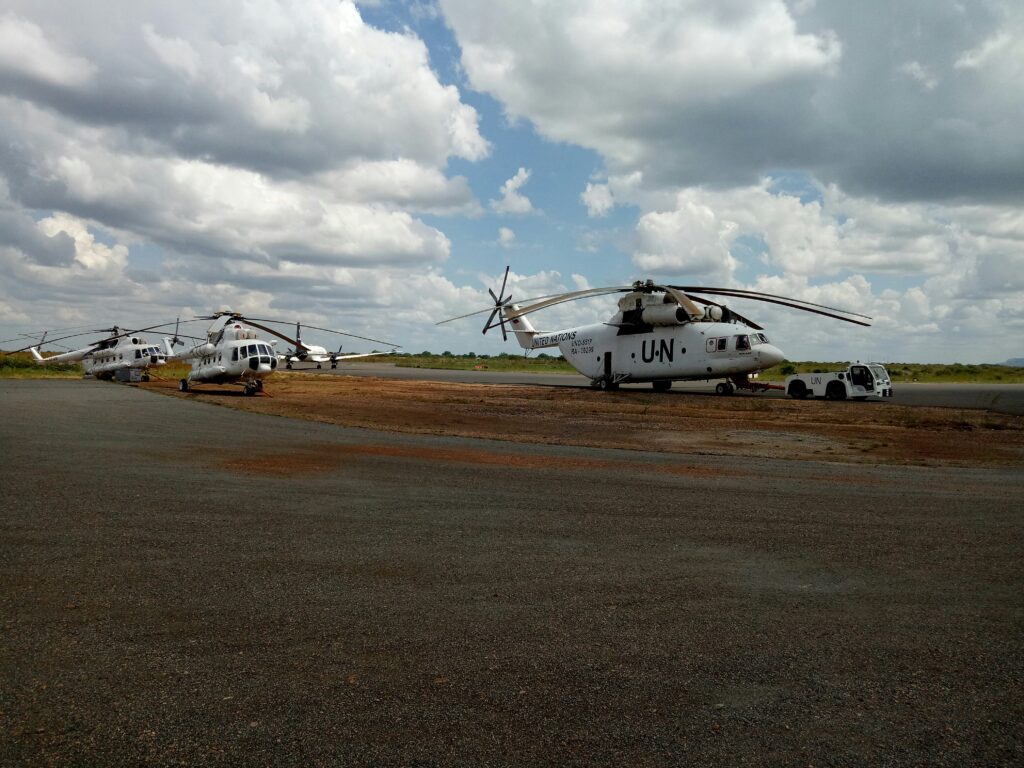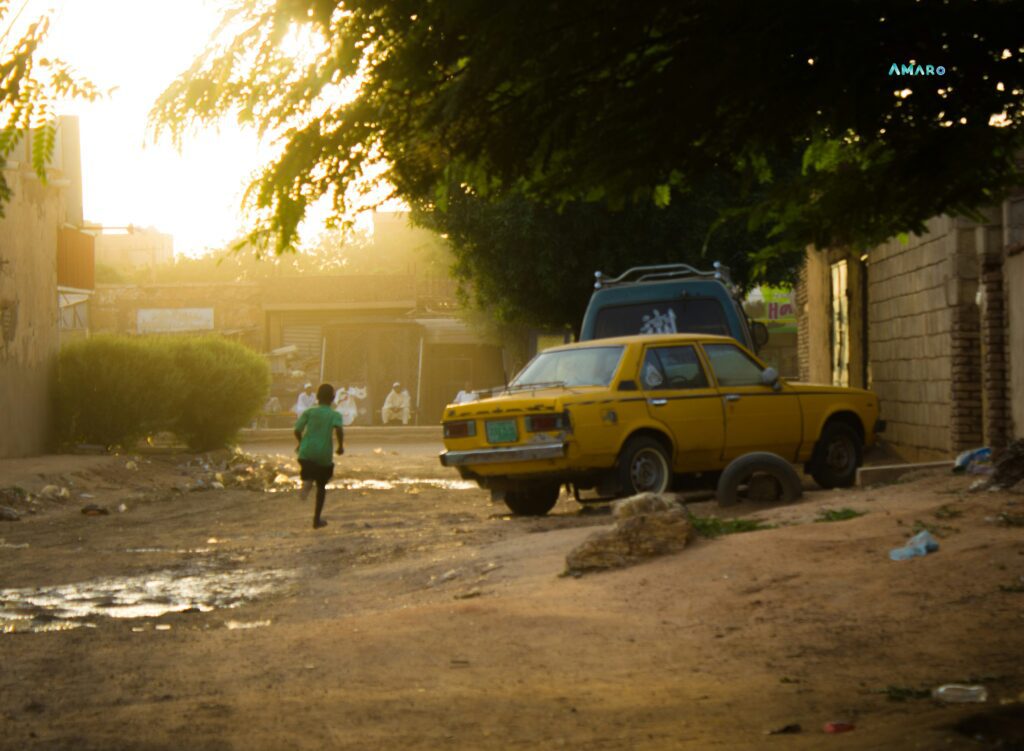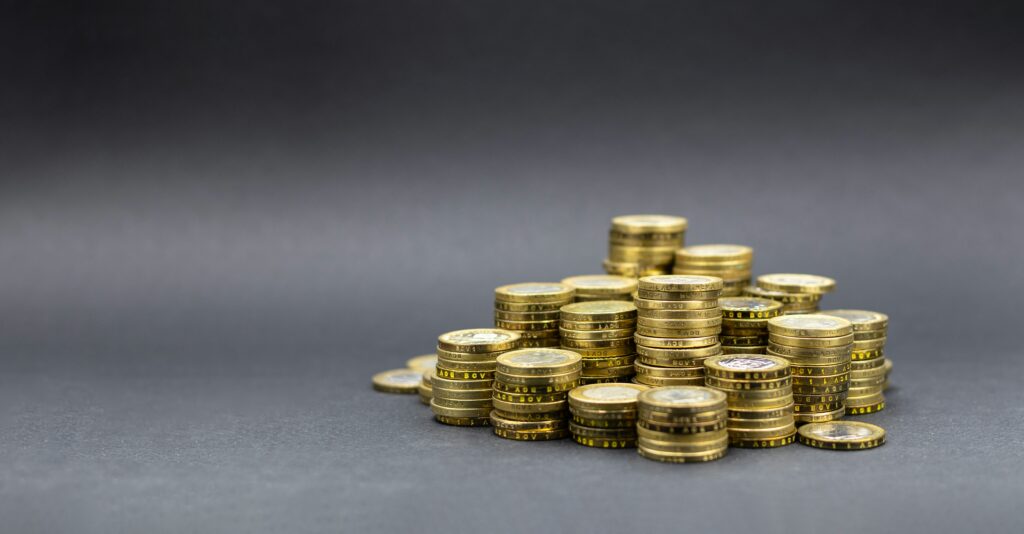Informal traders are the heartbeat of the Cameroonian economy. Over 50 percent of the national GDP and nearly 90 percent of jobs originate from this sector, which is predominantly occupied by women and young people. However, these essential actors remain largely absent from public policies that shape their lives. Recognizing their contribution is critical to advancing economic freedom and protecting the right of individuals to earn a living. With the establishment of the African Continental Free Trade Area (AfCFTA), it has become imperative for the Cameroonian government to recognize and empower this sector to maximize the potential of the Agreement fully. The government can achieve the empowerment and integration of informal traders into the AfCFTA framework by supporting informal sector traders with a simplified framework and digital platforms, while promoting the formation of cooperatives to transform markets into competitive export hubs.
Entrepreneurs within the informal sector face extraordinary challenges in form of unfair regulations. Access to financing is limited, with most banks refusing informal applications, which blocks any investment or development. Furthermore, the working conditions are subpar, as workers are exposed to poor working environments, low wages of approximately $0.75, long hours, and minimal social protection of around 2-3 percent, with no health insurance or retirement benefits.
National policies and programs that support the informal sector are few and largely insufficient. For example, the Integrated Support Program for Informal Sector Actors aimed to encourage businesses to formalize. It offered training, funding, and better guidance. But its impact was limited. Also, while some business formality centers, like Centres de Formalités de Création des Entreprises, that help entrepreneurs to register and formalize their businesses, the procedures are lengthy and complex, making them unsuitable for the realities of small businesses.
Cameroon can rewrite its trade history by leveraging the AfCFTA. Contrary to popular belief, informal traders are not disconnected from regional trade. Many of them already maintain strong cross-border networks with Nigeria, Chad, Gabon, or Equatorial Guinea. They understand demand and price adjustments, and deliver goods with remarkable flexibility. However, they lack the tools to grow due to limited access to credit, unclear information on tariffs or rules of origin, a lack of collective structuring, and discouraging tax regimes. These barriers prevent informal traders from formalizing their activities, accessing financial services, or taking full advantage of regional trade opportunities under the AfCFTA.
The AfCFTA is a comprehensive tool to address challenges faced by informal traders in Cameroon and to boost their growth. The agreement offers reduced taxation, rapid registration procedures, and free access to commercial information. To leverage these advantages, the government should simplify and streamline the registration and certification processes. This can be done via the creation of a unique digital platform that can provide clear guidance on rules of origin and standards. Furthermore, the government should ensure ease of trading and traders’ access to the right information by publishing step-by-step guides on import and export procedures. These guides should be free, easy to understand, and regularly updated on the websites of the relevant ministries and agencies in simple formats. These measures would reduce administrative and trading barriers that often discourage small traders from formalizing their activities and participating effectively in continental trade.
In Cameroon, informal traders often lack the structure and organization necessary to reduce costs, access credit, and achieve their collective objectives. To address this gap, the government must encourage and support the creation of cooperatives for small informal traders. By working together, these traders can share transport and storage costs, spend less, and reach markets that are farther away. Cooperatives enhance access to credit by providing traders with greater visibility and credibility among financial institutions. Beyond economic benefits, these cooperatives foster solidarity among traders and strengthen their collective voice when engaging with authorities and development partners. It has already shown results in Africa. For instance, in the Republic of Congo, the Union Congolaise des Coopératives, Producteurs et Artisans du Congo, brings together small producers and artisans under cooperative structures to standardize products and coordinate exports. It helps them leverage the opportunities created by the AfCFTA.
Furthermore, informal traders face significant challenges accessing information, export requirements, and customs procedures. These barriers hinder their ability to formalize and benefit from opportunities under the AfCFTA. To address these challenges, Cameroon must adopt digital platforms that guide traders through these procedures and help them prepare export documents efficiently. Similar solutions already exist in some African countries, like TradeNet in Ghana and RwandaTrade in Rwanda. These mobile tools inform traders about sanitary standards, rules of origin, and business opportunities. These platforms also enhance traceability and transparency of export procedures, which are crucial for establishing trust and gaining access to formal markets. As a result, informal traders can gradually formalize and reach larger markets. They can trade competitively within the AfCFTA framework. Equipping small traders with these tools encourages their participation in regional trade.
Cameroon would benefit from including its informal traders to succeed in regional integration. These actors need an adapted framework to thrive. The AfCFTA offers a unique opportunity to boost their participation in regional trade and ultimately improve the national economy.
Haiwang Djamo Ferdinang is a writing fellow at African Liberty.
Article first appeared in ModernGhana.
Image by Markus Winkler via Unsplash.



